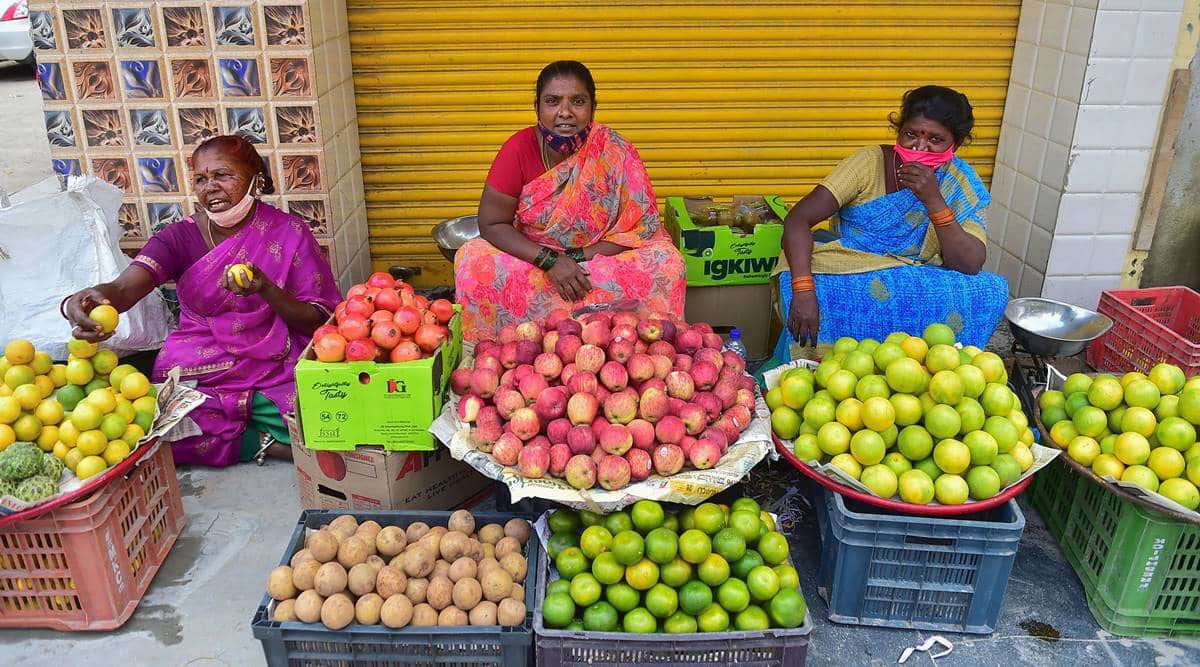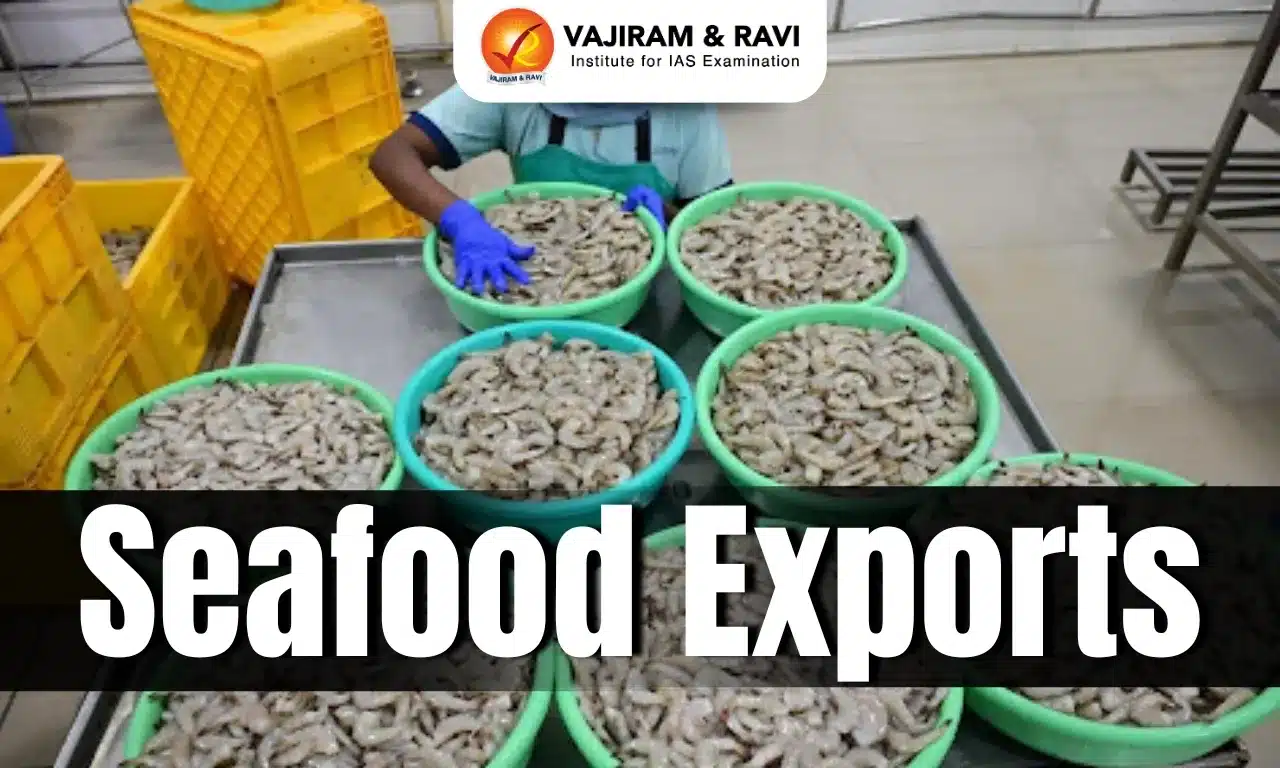What’s in today’s article?
- Why in News?
- What is the PM SVANidhi Scheme?
- Need for the Scheme
- Who is Eligible for the Loan?
- Performance of the Scheme on 3-year Completion
- Various Challenges in Implementing the Scheme
Why in News?
- About 41% of the beneficiaries of the government’s loan scheme for street vendors – PM SVANidhi (PM Street Vendors’ AtmaNirbhar Nidhi) – are women, but southern states fare much better than those in the north.
What is the PM SVANidhi Scheme?
- It was launched in 2020 amid the pandemic by the Ministry of Housing and Urban Affairs (MoHUA), Government of India.
- It is a micro-credit facility that provides street vendors a collateral-free loan of Rs 10,000 with low rates of interest (below 12%) for a period of one year, aiding the vendors at getting back on their feet financially.
- In the long term, it aims at –
- Establishing a credit score for the vendors
- Creating a digital record of their socio-economic status
- This will enable street vendors to avail the Central government schemes later, formalise the informal sector of the economy and provide them safety nets and a means of availing loans in the future.
Need for the Scheme:
- Many vendors belong to the informal economy, and often borrow from private lenders which charge them exorbitant rates of interest.
- The COVID-19 pandemic and the nationwide lockdown left daily wage workers and street vendors out of work.
Who is Eligible for the Loan?
- All vendors who have been vending from or before (March 24, 2020) and with a certificate of vending can avail the loan.
- As per the Street Vendors Act 2014, the Town Vending Committees (which comprises the local authorities and vendors from an area) issue a certificate of vending after a survey has been conducted of all the vendors.
Performance of the Scheme on 3-year Completion:
- In 10 states and UTs, almost all in the Southern and North-East region, women are the majority of the beneficiaries.
- Kerala is an exception, but this state has been a pioneer in fostering women’s empowerment through its own programmes like the Kudumbashree.
- The social fabric of the regions has a part to play in women outnumbering men in the number of beneficiaries.
- For example, in the matrilineal societies of Meghalaya where the youngest daughter inherits property and women operate most enterprises.
- In some states, the local authorities targeted women’s self-help groups (SHGs) as beneficiaries.
- For example, Andhra Pradesh’s MEPMA [Mission for Elimination of Poverty in Municipal Areas] was already working with SHGs.
Various Challenges in Implementing the Scheme:
- Uneven implementation of the Street Vendors Act across the states: The Act necessitates a survey of the vendors to issue a certificate of vending. However, many states and cities have not conducted the survey yet.
- Some municipalities are also slow in issuing LORs: In the absence of the survey, the urban local bodies (ULBs) can provide a Letter of Recommendation (LOR), if the vendor is a member of a vendor association.
Q1) What is Kudumbashree?
Kudumbashree is the poverty eradication and women empowerment programme implemented by the State Poverty Eradication Mission (SPEM) of the Government of Kerala. The name Kudumbashree in Malayalam language means ‘prosperity of the family’.
Q2) What are Self Help Groups (SHGs)?
SHGs are small groups of poor people. The members of an SHG face similar problems. They help each other to solve their problems. SHGs promote small savings among their members. The savings are kept with the bank. The SHG gives small loans to its members from its common fund.
Source: In south more women availed loan scheme for street vendors
Last updated on January, 2026
→ Check out the latest UPSC Syllabus 2026 here.
→ Join Vajiram & Ravi’s Interview Guidance Programme for expert help to crack your final UPSC stage.
→ UPSC Mains Result 2025 is now out.
→ UPSC Notification 2026 is scheduled to be released on January 14, 2026.
→ UPSC Calendar 2026 is released on 15th May, 2025.
→ UPSC Prelims 2026 will be conducted on 24th May, 2026 & UPSC Mains 2026 will be conducted on 21st August 2026.
→ The UPSC Selection Process is of 3 stages-Prelims, Mains and Interview.
→ UPSC Result 2024 is released with latest UPSC Marksheet 2024. Check Now!
→ UPSC Toppers List 2024 is released now. Shakti Dubey is UPSC AIR 1 2024 Topper.
→ Also check Best IAS Coaching in Delhi

















